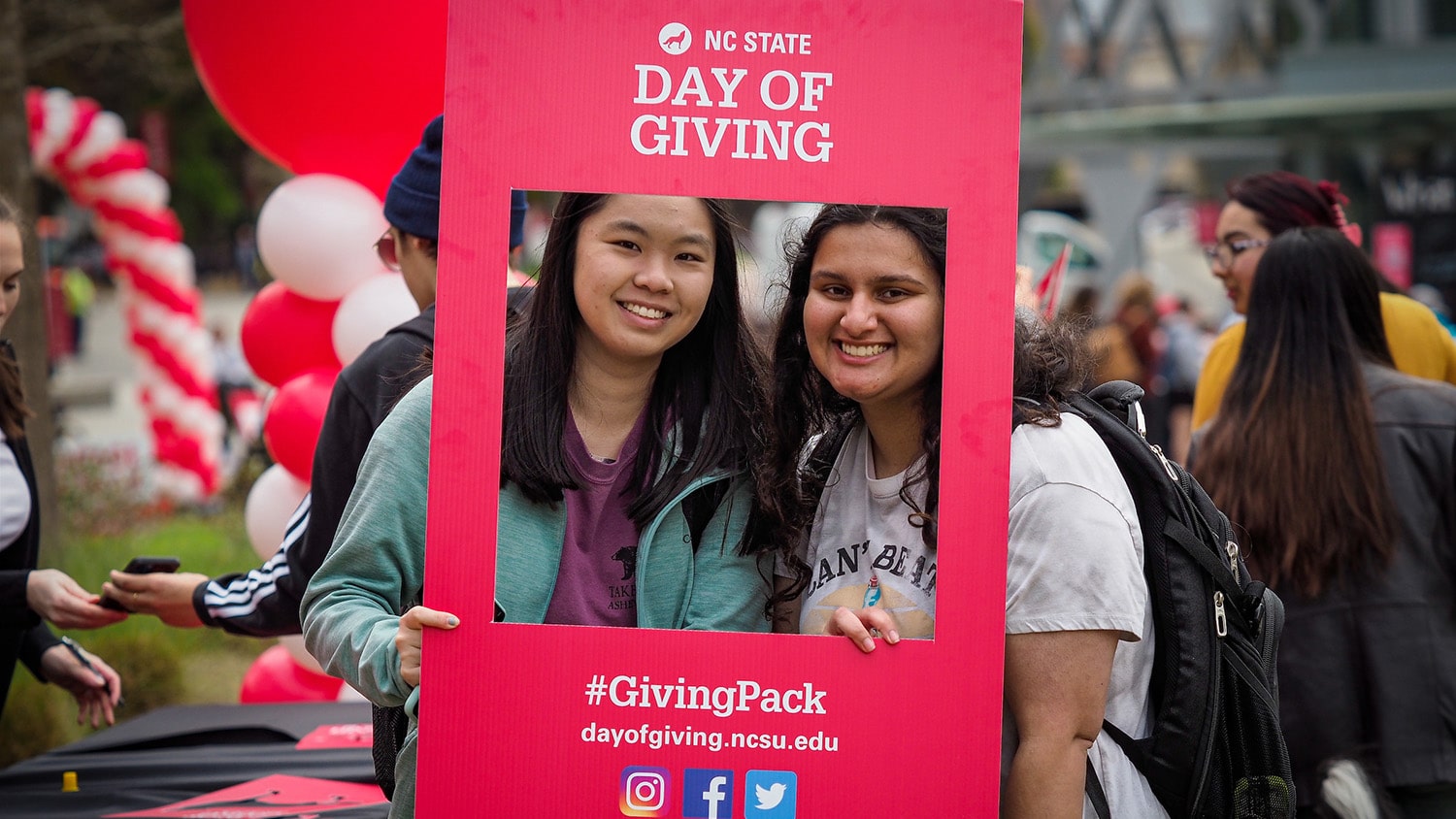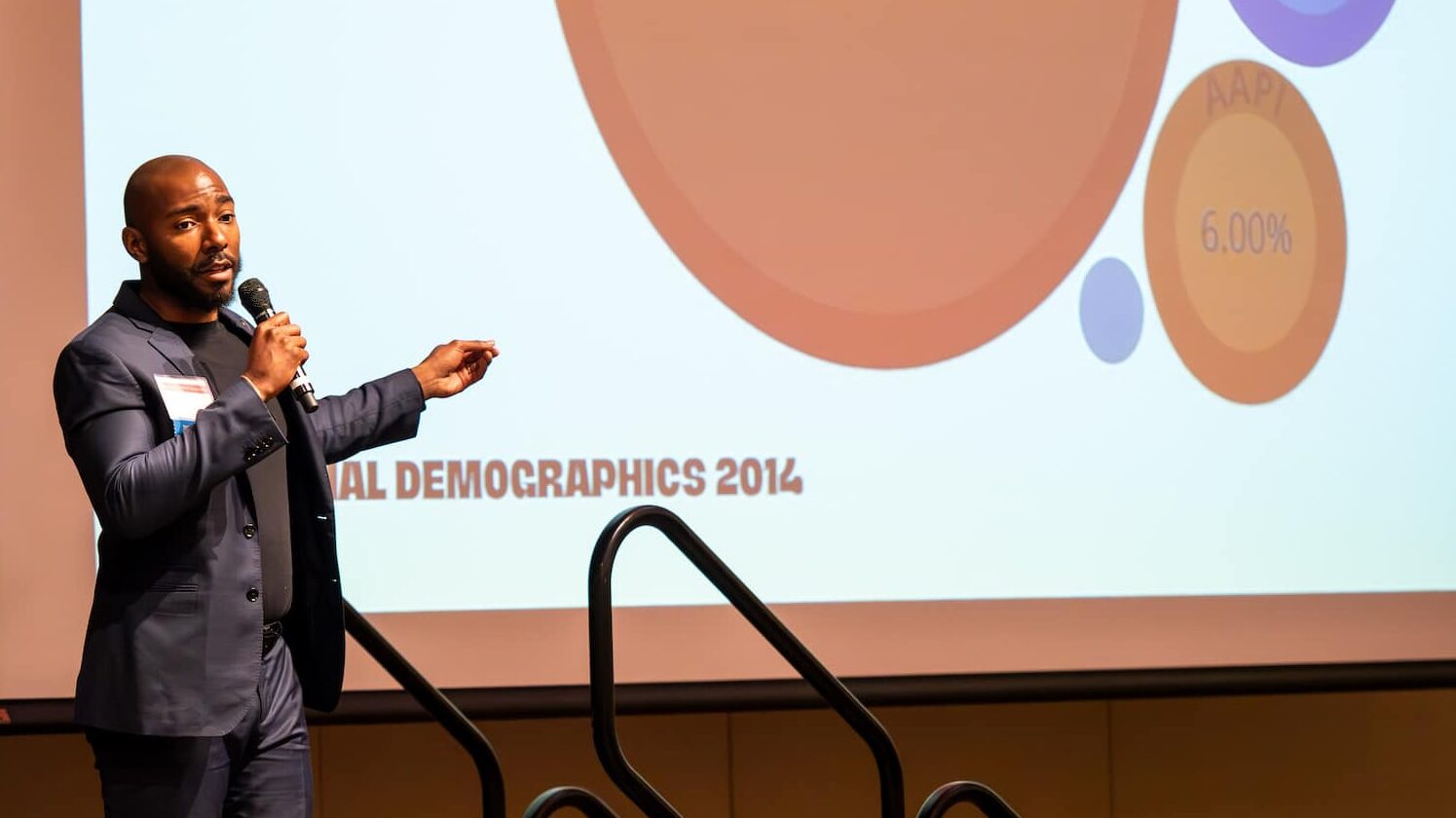This Is Your Science

Scores of insect species are in your home right now.
Thousands of bacteria and other microbes invisible to the naked eye are crawling all over your body.
But few of these creatures are being studied by scientists. Many of them don’t even have names.
“I’ve written on how ignorant we are about life for 10 years,” said Dr. Rob Dunn, an associate professor of biological sciences at NC State. “And yet I’m still amazed by how little we know about the species living around us.”
Dunn and a group of NC State biologists aim to change that. Their lab, called Your Wild Life, is gaining attention as one of the nation’s premier programs doing what’s known as “public science,” or engaging the public in gathering, analyzing and interpreting scientific data. The Your Wild Life team consists of dozens of faculty, students and science communicators, as well as thousands of members of the public who are passionate about exploring the world under their noses (in and on their noses, too).
But the program’s impact goes well beyond science education. By getting non-scientists to study the world around them, researchers have access to millions of new pieces of data that could help them break new scientific ground. What is today an unknown microbe living on our bodies could one day be a key element of a disease-fighting drug.
Different types of public science — also known as “citizen science” — can be found across the College of Sciences. The College has a longstanding partnership with the NC Museum of Natural Sciences; a well-known K–12 outreach program in The Science House; and many research programs that either include or focus explicitly on public science.
Wonder what they’ve discovered?
Checkout some of the projects
“Science can solve our greatest societal problems, but its effects won’t be fully realized unless people know more about it,” said Dr. Dan Solomon, dean of the College of Sciences. “That’s why we must make sure our graduates are effective science communicators. And it’s why we need to engage the public in our work.”
The origins of Your Wild Life can be traced to about four years ago. Dunn and his lab mates believed they were doing interesting work in the world of evolutionary biology, but the impact of their work was obscure to the everyday lives of most people.
“It dawned on us that, as we did research in the lab, people were earnestly asking how our work mattered in their daily lives,” Dunn said. “For the most part, we couldn’t answer those questions, at least not to the public’s satisfaction.”
That bothered him.
Dunn had always been fascinated by the natural world. As a boy growing up in Michigan, he spent hours outside playing with ants and catching snakes. He decided to major in biology in college when he realized he could turn that sense of wonder into a career.
Before arriving at NC State in 2005, Dunn spent years studying ants and parasites in Australia, Central America and South America. (One ant he discovered actually bears his name.) Like other researchers, he published in academic journals, but, armed with writerly talent and disposition, he also wrote for magazines with larger and more diverse audiences such as Scientific American and National Geographic.
Dunn’s research and writing always remained somewhat separate. But in 2008, they started to overlap.
“I don’t know if it was fully conscious,” Dunn said. “There was this realization that people want to know more about the species they interact with in their daily lives, and that there was an opportunity to learn more about them through working with the public.”
Dunn’s lab began focusing more on the everyday world. The first project was called School of Ants, in which researchers set out to learn more about the ants living in backyards, schoolyards and neighborhoods. Twenty-thousand people requested collecting kits within the first two weeks.
“That turned into recognition we could do bigger things,” Dunn said. “There was a whole initiative there that was larger than anything we had thought about.”
To move forward, he needed a bigger team.
“He called me out of the blue,” said Dr. Holly Menninger, the director of public science for Your Wild Life and a research associate in biological sciences at NC State. She’d met Dunn a few months earlier. “He said, ‘Hey, I have a crazy idea. Do you want to come to Raleigh?’”
Menninger, like Dunn, loves talking about science.
She started in high school by taking part in a biodiversity program at Cincinnati’s Museum of Natural History. The shy 14-year-old worked side-by-side with scientists and explained exhibits to curious visitors. She even won a museum-sponsored contest and with it a trip to the Amazon rainforest.
“That was a transformative experience,” Menninger said. “It solidified for me that I wanted to be a biologist when I grew up.”
While pursuing her Ph.D. at the university of Maryland, her research tossed her into rural streams to study the ecology of insects. Then came her big break.
Washington, D.C., faced the emergence of the 17-year periodical cicadas in 2004. As the bugs prepared to crawl out of the earth and flood the skies, curious news media swarmed the university to learn more about them.
Forced to fill in for a busy professor, Menninger’s first interview on CNN was a hit. Soon, she was making regular live appearances.
“There are moments of serendipity in science,” Menninger said. “That’s how it works. You have these moments of insight and you just need to go with them.”
After earning her doctorate, she eventually wound up working with the Department of Natural Resources and the New York Invasive Species Research Institute at Cornell University.
She liked the work, but she also longed for more engagement with the public. She found herself getting more excited about her weekly volunteer public radio show in which she interviewed scientists, authors and artists inspired by science.
Then Rob Dunn called. A few months later, she was packing her bags for Raleigh.
Upon Menninger’s arrival, the two researchers started searching for ways to bridge several research projects in Dunn’s lab and build an overarching brand. They also talked about finding better ways to tell stories about the world that exists on us, in us and all around us.
“If we’re able to tell government agencies the story we want to resolve is important to them, it helps with getting funding,” Dunn said. “And if we can convince the public the story we want to resolve relates to them, it’s better for their engagement.”
What started as a few projects is now nearly a dozen. Teams of researchers are studying what lives in our belly buttons; they have detected more than 2,300 species already. Another group is tracking camel crickets across the U.S., work that has discovered that the most common species of camel cricket living in the country actually came from Asia.
Yet another initiative, Meet Your Mites, is dedicated to collecting and sampling the microscopic creatures crawling on your face right now.
“I worried there would be too much of an ‘ew’ factor to overcome on some of these projects,” Menninger said. “But our participants continue to surprise and amaze me.”
Communications is a big part of the work. The group’s website, yourwildlife.org, features research results, photos and a blog that follows all the projects. Dunn has continued to publish magazine articles and books, including 2011’s The Wild Life of Our Bodies.
Through their work, the researchers hope to foster a deeper understanding of the scientific process that could help shape public policy. And by expanding the pool of available scientific data, the work could shed new light on the tiny organisms that inhabit our environments, including how they keep us healthy, make us sick, or could be used to develop new treatments.
“We can lead the way to healthy living through engaging people,” Dunn said.
Your Wild Life’s work is gaining accolades from the science community. Last fall, the National Science Foundation awarded NC State a $7.3 million grant to lead a citizen-science initiative that gets middle-school students involved in real research. Your Wild Life is leading the project, and the NC Museum of Natural Sciences and The Science House are among the partners.
That project, along with others run by Your Wild Life, would benefit from a proposed Institute for Public Science at
NC State that could provide a platform for every undergraduate student to get involved in science communication activities.
Dunn and menninger believe Your Wild Life has only scratched the surface of what’s possible.
“We can be a think-tank,” Dunn said. “Not just do public science — but be a place that innovates how to do public science.”
- Categories:


